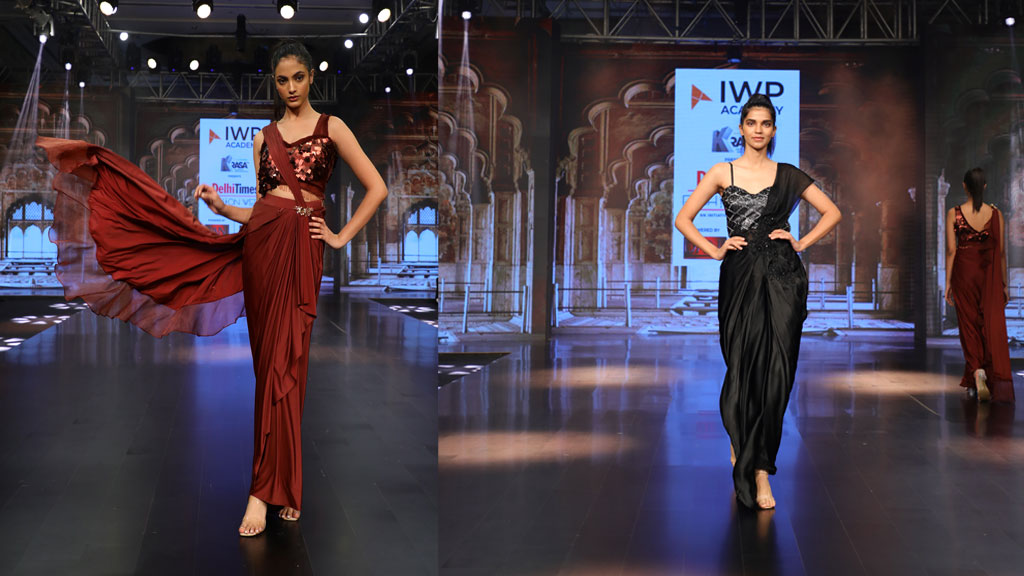Introduction: The world of fashion is an ever-evolving, vibrant landscape, where creativity knows no bounds. If you’re passionate about clothing, design, and the power of personal expression, a fashion designing course might be your ticket to a fulfilling and exciting career. In this blog, we’ll delve into the exciting universe of fashion designing courses, their significance, what you can expect to learn, and how to set out on your journey to become a skilled fashion designer.
1. The Essence of Fashion Designing
- Art Meets Function: Understand that fashion designing is a fusion of artistic creativity and practical functionality.
- Shaping Culture: Recognize that fashion design has the power to influence culture, individuality, and self-expression.
2. Choosing the Right Fashion Designing Course
- Diverse Offerings: Explore a variety of fashion designing programs, from short-term workshops to comprehensive degree programs.
- Accreditation Matters: Ensure that the course you select is accredited and recognized within the fashion industry.
3. Core Components of Fashion Designing Courses
- Design Fundamentals: Dive into the essentials of design, including color theory, pattern-making, and garment construction.
- Sketching and Illustration: Master the art of sketching fashion designs to bring your creative ideas to life.
- Fabric Selection and Draping: Develop the ability to choose and work with various fabrics and understand the art of fabric draping.
- Fashion Technology: Embrace modern technology by learning to use design software and 3D modeling.
4. Exploring Different Styles and Trends
- Cultural Influences: Comprehend how diverse cultures influence fashion and how to incorporate these elements into your designs.
- Trend Forecasting: Stay up to date with the latest fashion trends and learn to predict and adapt to shifts in the industry.
5. Practical Experience and Internships
- Hands-On Learning: Many fashion designing courses offer internships or practical experiences, enabling you to apply your skills under the guidance of experienced professionals.
- Building a Portfolio: Create a portfolio showcasing your work, which can be an invaluable tool for attracting clients or employers.
6. Navigating the Business Side of Fashion Design
- Budgeting and Pricing: Understand the financial aspects of fashion, including budgeting for materials and pricing your creations.
- Marketing and Branding: Learn how to market yourself and your designs, build your personal brand, and establish a strong online presence.
7. The Thrill of Fashion Shows and Exhibitions
- Participating in Shows: Showcase your creations at fashion shows and exhibitions to gain exposure and build your reputation.
- Networking: Connect with other designers, industry professionals, and potential clients to expand your network.
8. The Future of Fashion Design
- Sustainability: Stay informed about sustainable fashion practices and integrate them into your work.
- Innovation: Embrace emerging technologies and innovative materials to keep your designs fresh and exciting.
Conclusion: Fashion designing is more than just a career; it’s a passion, an art form, and a medium for personal expression. Enrolling in a fashion designing course is the first step toward transforming your creativity and vision into stunning, wearable art. As you journey through your course, remember that the fashion world is ever-evolving, offering endless opportunities for those who are innovative, dedicated, and committed to their craft. Your future as a fashion designer is a canvas waiting to be filled with your unique style, creativity, and the transformative power of fashion.

